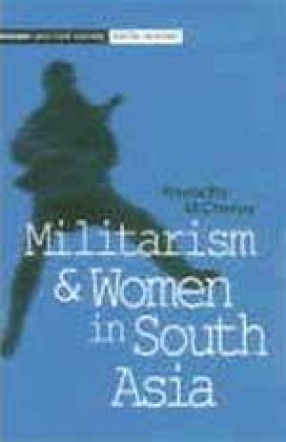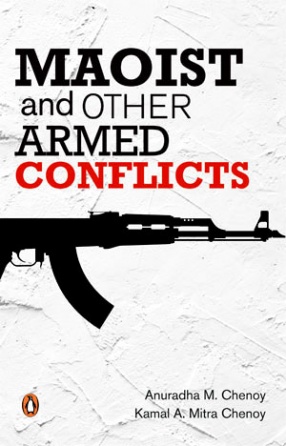National security and militarism have traditionally been male domains and the theory and policy of national security, of war and peace, have been formulated, executed and narrated by men. This book traces the course of militarism in several South Asian states, with a more detailed account of women’s experiences of it in India, Pakistan, Bangladesh and Sri Lanka. Women in South Asia have borne the brunt of militarism in a number of ways but especially because, combined with fundamentalism and national chauvinism, it has reinforced patriarchal practice. With militarism, all other oppressions tend to interlock. At an everyday level, its impact is direct and devastating. The trend in South Asia is alarming: while there is one soldier for every 250 inhabitants, there is only one doctor for three thousand people. The governments of South Asia spend 100 per cent more on their armed forces than on providing health or educational facilities for their citizens. In 2001, India and Pakistan possessed enough nuclear weapons to destroy each other in a matter of minutes, whereas women in all of South Asia continue to walk for hours each day to obtain the family’s water supply. And despite food shortages, South Asia used five times as much foreign exchange for the import of arms as for agricultural machinery. This closely argued, detailed analysis of the growing militarism in South Asia presents not just the phenomenon, but all its ramifications, examining its manifestations across the region from a feminist perspective, for the first time.
Militarism and Women in South Asia
In stock
Free & Quick Delivery Worldwide
reviews
Bibliographic information
Title
Militarism and Women in South Asia
Author
Edition
1st. Ed.
Publisher
ISBN
8186706429
Length
x+184p., 22cm.
Subjects







There are no reviews yet.